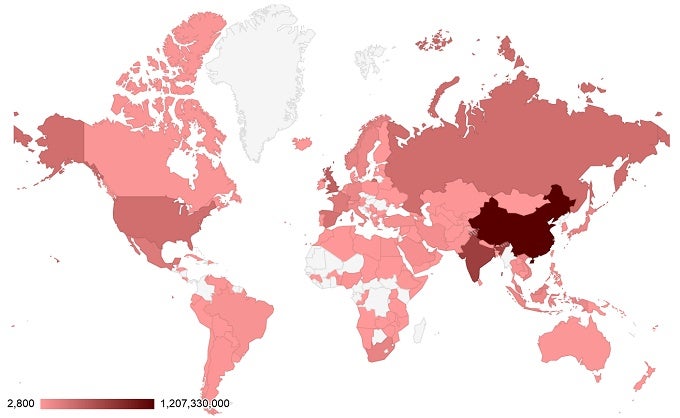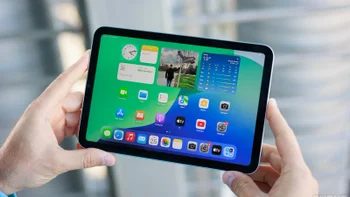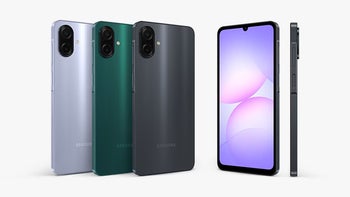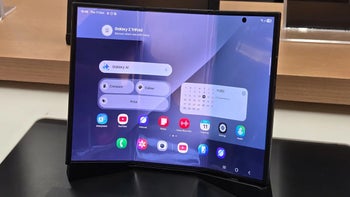Wireless carriers and their customers around the world

In contrast to China Mobile, Vodafone, another of the global giants and headquartered in the United Kingdom, has the overwhelming majority of its customers outside of its home market. It is no surprise that over 150 million of customers “owned” by the British wireless carrier are in India. When looking at the global customer base served by that carrier and market, Vodafone and indeed the British market is the largest of them all.
France, Mexico and Norway round out the runners up in standings of markets that have a significant foreign presence thanks to Orange, America Movil, and Telnor respectively. All told, out of the 6.5 billion mobile subscribers in the world, nearly 40% of the subscriber base is “foreign” owned.
Where does the United States line up in all this? In addition to the 295 million subscribers in the market, there are just an additional 34 million subscribers “owned” in international markets. What may be surprising to some though is that most of those international subscribers are not held through companies associated with the major players like AT&T and Verizon.
As for the drivers behind what shaped the market in this way, it is obviously a cultural and economic consideration. For example, Vodafone’s involvement in India, Australia, New Zealand and parts of Africa tie in with the heritage of what used to be parts of the British Empire. The same can be said of the fact that China, who does not have a history of significant colonization, remains closely held.
Economic factors also posed a mandate for large companies that need to drive growth in order to maintain existing (and expensive) infrastructure. For some companies, they pursued a model of growth through acquisition and development in new markets. For others, what might called “non-core” holdings, would be divested to focus on home markets. Verizon is an example, the company used to have wireless holdings in Canada, Dominican Republic, Puerto Rico and Venezuela.
source: DialToSave
Follow us on Google News














Things that are NOT allowed:
To help keep our community safe and free from spam, we apply temporary limits to newly created accounts: